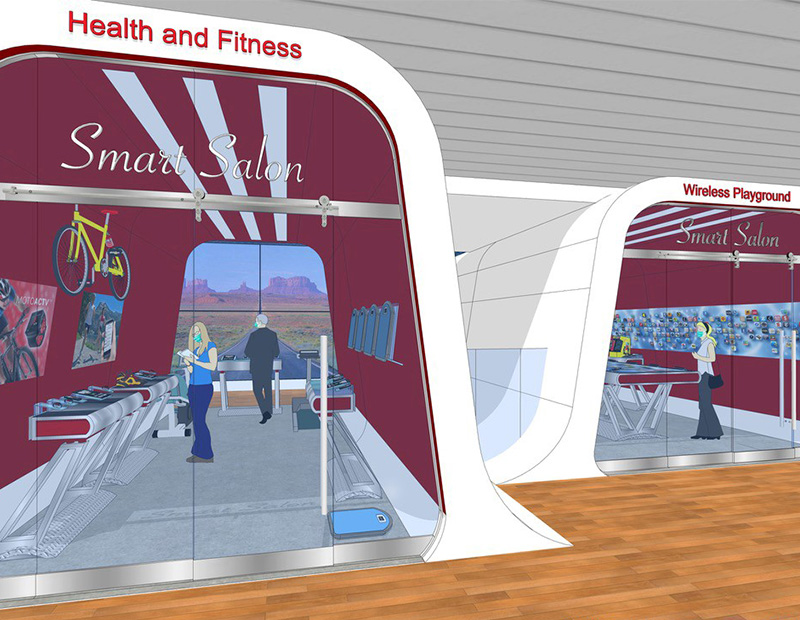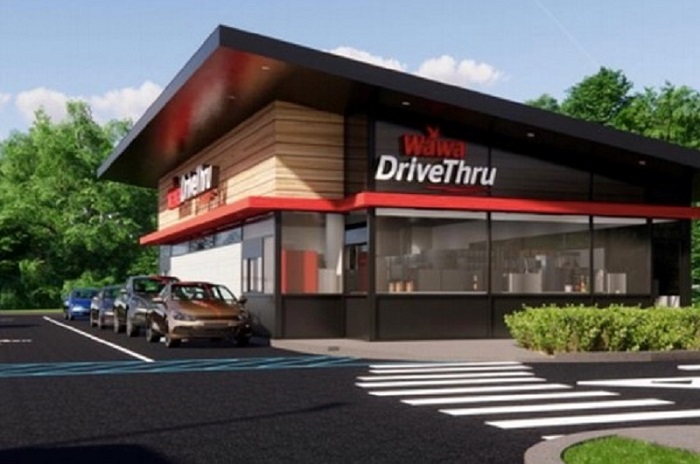Retail Trends That Will Remodel the Industry in 2020 and Beyond
The pandemic is reviving old retail concepts and bringing to life new formats to attract consumers and regain their confidence.
Without a doubt, the retail sector—along with hospitality—has been among the most impacted by the coronavirus outbreak. Many retailers are now struggling to survive, but those who know the ins and outs of the sector are quickly redefining their business strategies and preparing to bounce back while adjusting to emerging retail trends. COVID-19 is likely to be the catalyst for innovation in the industry, according to several specialists. Retailers that have not been able to adjust to the new economic environment are creating a fresh wave of opportunities for forward-looking, versatile entrepreneurs.
What is happening to the retail industry?
While several well-known brands are shrinking their real estate footprint and closing many of their locations, shoppers continue to value convenience, but now they’ve added at least one new requirement to their list: safety. “Success has been measured by how clean and safe you can make the shopping environment and experience,” David Birnbrey, co-CEO of retail-focused real estate advisory firm The Shopping Center Group, told Commercial Property Executive. In order to feel comfortable, consumers need prompt service, social distancing, contactless transactions and hand sanitizers. “The in-store experience needs to emphasize the customer’s health and well-being,” Glenn Brill, managing director in FTI Consulting’s real estate solutions practice, added.
READ ALSO: US Retail Sales Rose Again in July
Curbside pickup and drive-through services are the new movement. Many businesses—and not only fast-food restaurants—are incorporating shop-by-car options with drive-thru facilities, a trend accelerated by the health crisis. Consumers are increasingly appreciating the comfort of their cars and avoiding public transportation and Uber-like options. In Pennsylvania’s Lower Bucks County, for example, Wawa is already working on its first drive-thru-only location. The store will have 1,850 square feet and is scheduled to be delivered by the end of the year.
“The automobile is now the ultimate personal protective equipment device, a personal safety pod in which to move about in a coronavirus world—it affords social distancing while letting individuals and families take care of their needs and move about efficiently,” according to Kenneth Gruskin, principal of Gruskin Architecture + Design. Additionally, necessity has expedited the shift from “bricks to clicks,” Gruskin believes. Many retailers are now using their physical locations as distribution centers to reduce delivery times—one of the retail industry trends bound to define the sector a long time from now.
Bringing the store to the customer
Retail specialists agree that the shopping experience has changed and will continue to change, but consumers will still feel the need to be pampered. And what better way to cater to shoppers’ needs than by bringing the shop to them? Michelle Collins, founder & president of A Non-Agency, is an experiential marketer who is convinced that individualized experiences will be the next big thing in retail. She thinks her new concept, dubbed “the retail closet”, will be successful because it’s safe, sustainable and entertaining.
Retail closets are small retail spaces within commercial or multifamily properties, where brands can bring their collections in front of customers who can come in solo or with a few guests. By making an appointment and pre-sharing their preferred styles and sizes, clients can shop undisturbed. This personalized and exclusive shopping environment even allows for an entertainment element “like exclusive dining options where customers can entertain their guests as they shop, sip champagne and enjoy small plates prepared under the purview of one of New York’s or Los Angeles’ hottest chefs,” Collins said.
It may seem like this is a luxury service, “but this is what the new world of sustainability, efficiency and truly customized experiences is destined to be,” Collins added. Consumers’ appetite to shop differently and to express their personal taste and lifestyle has its roots in Asian markets, which mixed retail experiences with technology a long time ago.
“What is emerging is the global appreciation of how Asian retail culture has been light years ahead in terms of data-driven, technology-forward retail experiences that leverage social platforms, coupled with QR codes and messaging, to enable consumer experiences to be perceived as a luxury service democratized for the masses and as a means to create social clout,” the marketer concluded.
Gruskin also believes that retail businesses and services that can use mobile stores are likely to succeed going forward. These contained, safe and controlled environments can easily accommodate customers’ needs. “Think of the classic 1960s Good Humor truck plying the neighborhoods bringing the ice cream shop directly to the kids, rather than parents having to drive the kids to the ice cream,” he said.
Another way retailers have adapted to the coronavirus lockdowns is by reviving pop-up, outdoor dining and shopping areas, outside their physical facilities. In some places, local zoning restrictions were lifted to allow for these types of stores to be installed in parking areas or near public sidewalks. “We expect that the coronavirus has helped to break this zoning log jam and softened municipal thinking about permitting these types of retail and dining opportunities going forward. The coronavirus aside, the public does generally like outdoor shopping and dining, and having these types of activities in downtowns and communities helps enliven and energize the streetscape,” Gruskin said.
Pop-up stores are among the most common retail trends we’ll see this year and beyond. Retail players admit this is a cost-effective way to quickly adapt to market conditions and avoid long-term lease commitments. “Pop-ups will definitely become more and more important with occupiers of space who are reluctant to make long-term commitments in the post-COVID-19 environment,” Birnbrey mentioned.
A futuristic approach
Keeping a balance between the in-store experience and guaranteeing tenants’ and clients’ safety is probably what fueled some futuristic ideas in the retail sector. “Smart Salons,” for example, a Gruskin Architecture + Design concept, is a store that moves around the customer, providing a more immersive experience through autonomous and robotic tech.
“Using both digital and analog approaches, these salons would provide interactive tech using gesture-powered, nontouch screens, virtual reality, augmented reality and ‘endless aisle tech,’ sound, music, and even scent, to allow the shopper to browse and experience numerous products in a much deeper and impactful way than just browsing store shelves,” Gruskin said. After these Smart Salon sessions are over, the space would be sanitized and prepared for the next appointment.
Technology will continue to positively disrupt the sector and fuel future retail trends. Collins thinks that artificial and mixed reality technologies will transform how people experience their daily lives. Retail will no longer be a destination, but more of an expectation of social interaction. “Imagine a future whereby the minute you step outside your home, the visual world has been augmented by the ability to identify, request and purchase almost anything that surrounds you. This futuristic view suggests that retail has the opportunity to expand beyond a store and become the foundation for developing the branded communities of the future,” Collins added.
What’s next for retail?
The future of retail will be different and the value of brick-and-mortar stores will continue to be redefined as retailers reassess their physical footprint. Retail specialists expect e-commerce to continue to play a key role in consumer spending. “The 2008 recession, while not as severe, may provide guidance regarding a recovery for consumer spending. Typically, it takes in the range of three years for the macroeconomy to recover from a full-blown economic calamity,” Brill said.
On the other hand, Birnbrey bets on Americans’ “very short-term memories” that are likely to speed the recovery process. “People need people. They need to touch and experience products and need the socialization that comes with being in crowds. My prediction is that the retail economy will be almost fully back to normal within six to 12 months following an effective and reliable vaccination alternative,” he concluded.










You must be logged in to post a comment.